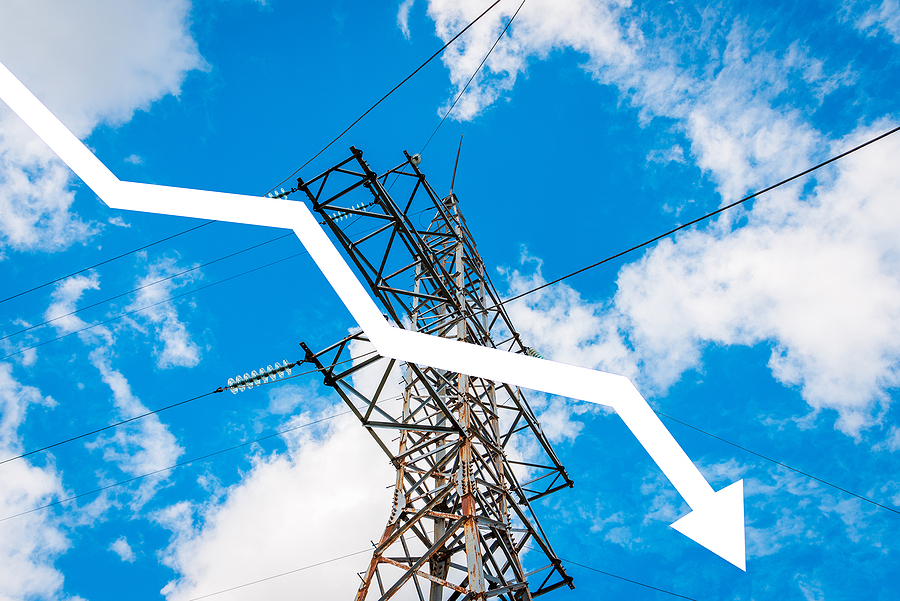“At the current trajectory, PJM is not going to have sufficient power to meet the demands of consumers, and prices are likely to increase.”
That dire warning came from Glen Thomas, president of the industry group PJM Power Providers, at a state Senate Environmental Resources and Energy Committee briefing earlier this week addressing the pressing concern of electrical grid reliability in Pennsylvania.
Grid operator PJM distributes power across 13 states from Illinois to North Carolina from its headquarters in suburban Philadelphia. The company doesn’t generate electricity or operate power plants. Instead, its primary mission is to “ensure the safety, reliability, and security of the bulk electric power system,” including here in Pennsylvania.
And that mission, Thomas warned lawmakers, is in danger as reliable power sources continue to be retired from the grid—something that’s occurring “faster than anticipated.”
Thomas told DVJournal that “demand is increasing, supply is retiring, and it’s not being replaced by the quantity of assets necessary to sustain reliability.”
“It’s a pretty simple supply-and-demand issue,” he said. “Electricity markets are complicated, but the problem itself is that demand is going up, and supply is leaving and not being replaced.”
At the briefing, committee Chairman Gene Yaw (R-Bradford) blamed green-energy politics for the pace of power source retirements.
“Short-sighted environmental policies have forced fossil fuel plants into nonexistence, resulting in fewer reliable energy sources to shoulder the burden of increased demand on Pennsylvania’s electrical grid,” Yaw said.
James Locher, the chief operating officer of Key Con LLC, also spoke at the briefing, laying out how much Pennsylvania households still rely on fossil fuel-generated energy. Key Con LLC manages the large Keystone and Conemaugh coal plants in western Pennsylvania. Locher said these plants deliver “3,400 MW of reliable power” into the PJM system.
And during weather events like 2022’s Winter Storm Elliott, his plant becomes absolutely essential. As the cyclone bomb drove temperatures down and demand up, PJM called for customers to conserve electricity use as it struggled to find power sources to meet demand.
“Without adequate and comparably reliable replacement capacity accounting for the contributions of Keystone, Conemaugh, and other coal-fired units,” Locher said, “future electric power system failures in PJM are more likely during similar extreme weather events.”
PJM itself has been undertaking extensive research to determine the scope of the grid retirement crisis it is currently facing. In research published earlier this year, a company analysis predicted a whopping 21 percent of its “current installed capacity” could be out of commission within seven years, with the largest share of those closures, PJM estimated, potentially coming from government regulations.
The company estimates “40 GW of existing generation … at risk of retirement by 2030.” Breaking it down, PJM projected “6 GW of 2022 deactivations, 6 GW of announced retirements, 25 GW of potential policy-driven retirements, and 3 GW of potential economic retirements.”
Thomas said it could be difficult to determine the effects of environmental policies on costs versus outright closures of plants. “If an environmental regulation changes, and that increases the costs associated with a unit’s ability to produce power, and it’s forced to retire, is that a policy retirement, or an economic retirement?”
“Very few of these policies are mandating retirement,” he posited, “they’re just increasing costs associated with these facilities until they’re no longer economically viable.”
Demand will also rise in the near future, the PJM analysis said, ranging from 1.4 percent to localized 7 percent surges. And what the grid loses in legacy generation, the analysis said, it will not make up for in next-gen renewables.
Thomas told DVJournal that “right now, the market rules are set up in such a way that most units are receiving an economic signal to retire.”
“If we can change those economic rules so that those economic signals change, I believe there is an opportunity to turn this around,” he said. “But on the current trajectory, with the current rules in place, this region is going to be short of power” in the next few years.
PJM’s “New Services Queue” consists “primarily of renewables (94 percent) and gas (6 percent),” the analysis said. The “historical rate of completion for renewable projects has been approximately 5 percent,” PJM noted, and “the current pace of new entry would be insufficient to keep up with expected retirements and demand growth by 2030.”
Yaw pointed out that Pennsylvania’s access to electricity isn’t determined by what happens in its borders.
“What other states do has a great effect on the grid. For example, any of the [PJM] states that say they’re going to go completely green or clean or whatever you want to call it — they say they’re not going to use any more fossil fuel. Well, that means they’re going to rely on someone else to provide power for them in those times when these clean and green energy projects don’t work. They’re intermittent; they depend on the time of day. The example I use is: Where does the power come from for a solar array at 3 o’clock in the morning?”
Yaw said the effect of current and upcoming plant closures could take as much energy off the grid to equal about 40,000 acres of solar panels. “We don’t have 40,000 acres of solar panels in the works. I’m not even sure where we would put 40,000 acres of solar panels.”
“If we keep giving PJM the policy that we’re doing by switching over without a plan behind it, I don’t know what the solution is,” he said.
“There are two solutions: There will be certain times when you operate your appliances or charge your car or whatever, or there will be rolling blackouts. Neither of those sounds like they’re very good options to me.”

